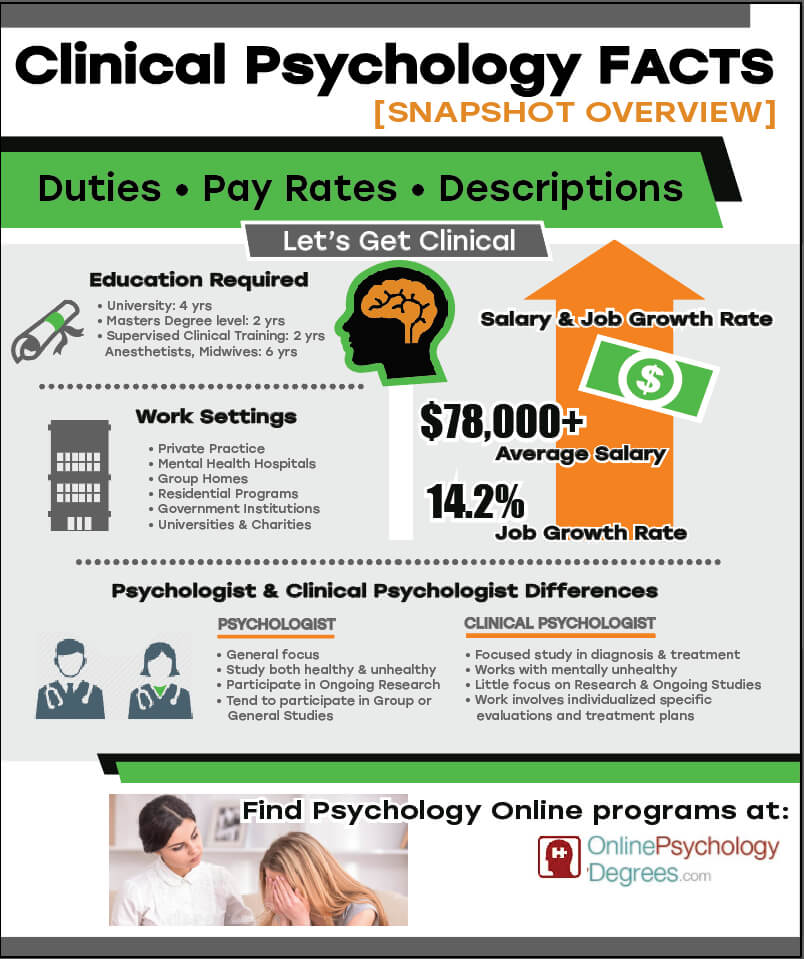How Does Progressive Muscle Relaxation Work
How Does Progressive Muscle Relaxation Work
Blog Article
What Kinds of Therapy For PTSD Are Available?
Treatment for PTSD helps you discover to handle your signs and reclaim control of your life. It can involve dental drugs or talk therapies. Psychiatric therapy, or talk treatment, is one of the most usual treatment for PTSD. It can occur individually or in a group setup.
Signs and symptoms of PTSD can vary from being easily shocked to preventing tasks and people. These signs and symptoms can also influence family members and youngsters.
Cognitive behavior modification (CBT).
CBT concentrates on altering adverse patterns of believing and actions that may be creating PTSD symptoms. This therapy is commonly short-term and client-centered, with the specialist and customer developing therapy objectives together. CBT has actually been revealed to decrease PTSD signs and symptoms in several scientific trials utilizing clinician-administered and self-report procedures of PTSD. These outcomes are mediated mostly by adjustments in maladaptive cognitive distortions, with some studies reporting physical, useful neuroimaging, and electroencephalographic changes correlating with feedback to CBT.
TF-CBT uses psychoeducation and imaginal direct exposure to teach clients exactly how to better manage feelings and deal with their injuries. This therapy has actually likewise been shown to enhance PTSD signs and symptoms in children and teenagers.
Eye activity desensitization and reprocessing (EMDR).
EMDR is an evidence-based treatment that functions by helping individuals procedure trauma making use of flexible data processing. It can be utilized on its own or with various other treatments. It has been shown to be effective in treating PTSD. EMDR is commonly made use of around the globe.
It starts with history-taking and a joint therapy plan. During this phase, you will certainly speak about the reason you are seeking therapy and recognize traumatic memories you intend to focus on. The specialist will certainly also educate you strategies to manage any type of hard or disturbing feelings that may arise during a session.
During the reprocessing stage, you will recall a traumatic memory while taking notice of a back-and-forth motion or audio (like your service provider's hand moving across your face) up until the unfavorable photos, ideas, and sensations associated with it start to diminish.
Somatic experiencing.
A therapist who concentrates on this approach will certainly assist you familiarize the physical experiences that accompany your PTSD signs and symptoms. They'll additionally educate you just how to recognize your free nerves and its duty in the injury action.
Unlike various other injury treatments, somatic experiencing doesn't focus on memories or emotions. Rather, specialists function to release the stress from your body and relieve your symptoms.
This therapy has actually been discovered efficient in a number of randomized controlled trials. Nonetheless, the arise from these researches are restricted by tiny sample sizes and other methodological shortages. These imperfections restrict the outside legitimacy of these findings.
Present-centered treatment.
Present-centered treatment (PCT) is a non-trauma concentrated psychotherapy that aims to enhance patients' relationships, infuse hope and optimism, and promote analytic. While PCT does not have exposure and cognitive restructuring techniques of trauma-focused therapies, it has actually been shown to be as effective in lowering PTSD signs as trauma-focused CBTs.
In a series of eleven researches, PCT was contrasted to a wait listing or very little contact control problem and to TF-CBT. PCT was superior to the WL/MA problems in minimizing self-reported PTSD signs at post-treatment, and it was associated with minimized treatment failure rates. However, the result size was not large enough to be medically significant.
Meditation.
Meditation aids people calm their nerves and practice self-care. This treatment focuses on the physical experience of breathing, and individuals might obtain distracted by thoughts or emotions, yet it is essential mindfulness therapy to return their focus to the breath over and over.
PTSD affects not only those who have directly experienced the trauma, but additionally witnesses and those that collaborate with emergency responders or police. Signs of PTSD can consist of intrusive, distressing memories, flashbacks or headaches, and problem concentrating or sleeping.
Preventing painful memories and feelings is a common response to injury, however it just makes signs and symptoms even worse. It is very important to seek treatment prior to PTSD disrupts your life and relationships.
Twin diagnosis treatment.
Signs and symptoms of co-occurring PTSD and substance use condition (SUD) are frequently linked and both should be dealt with in recovery. People who experience PTSD can be most likely to turn to alcohol or medicines to self-medicate and briefly relieve invasive thoughts, recalls and unfavorable mood swings.
PTSD symptoms consist of recurring and uncontrolled upsetting memories or dreams, vibrant and dissociative responses that feel like experiencing again the event, staying clear of places, individuals, conversations, or items related to the trauma, feelings of hypervigilance and being always on guard or easily surprised, and sensations of psychological feeling numb.
Dual diagnosis therapy involves treatment and learning much healthier coping mechanisms. It might likewise involve pharmacotherapy, such as antidepressants or mood stabilizers.